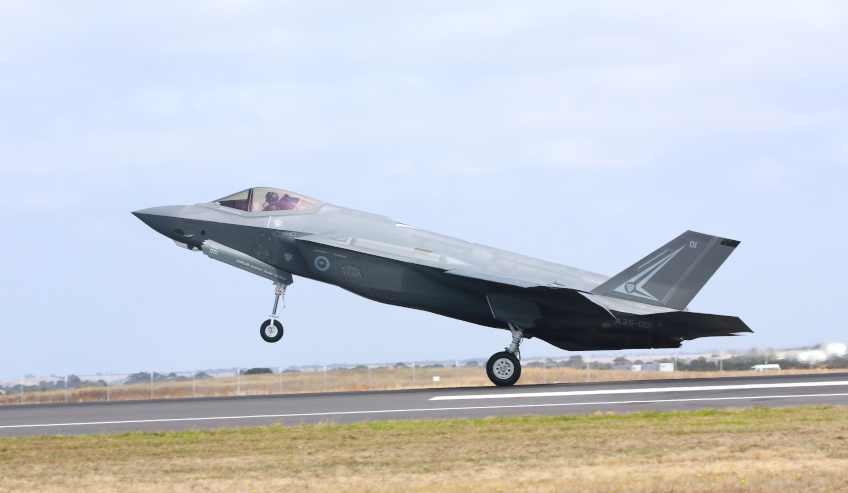As RAAF Base Williamtown continues its significant transformation in preparation of F-35A operations, the recently commissioned F-35A Off-Board Information Systems Centre (OBISC) has signified another important achievement on the Australian F-35A project.
To continue reading the rest of this article, please log in.
Create free account to get unlimited news articles and more!
The OBISC is an Australian dedicated information systems centre built to manage and sustain the highly complex global F-35 information system known as ALIS (Autonomic Logistics Information System).
ALIS provides the information system infrastructure (hardware, software and data) that performs maintenance management, fault diagnostics, supply support, mission planning, and training management across the F-35A weapon system
Officer In Charge of the OBISC, Squadron Leader Stuart Carpenter, told CASG the first OBISC test event marked another crucial moment for the Australian F-35A project.
“In addition to other functions, the OBISC gives Australia the ability to test software prior to integration into the Defence Single Information Environment (SIE), and also provides the opportunity for staff to gain an understanding of F-35A procedures and processes prior to the arrival of the first aircraft in December 2018,” SQNLDR Carpenter said.
“The test event was arranged to demonstrate the varied capabilities of the OBISC, providing confidence to the Air Force that we are prepared for the significant change that this fifth generation technology will bring to our Defence Force."
In the future, the OBISC may provide an opportunity for Australia to assist in software testing as part of the global F-35 Program.
The event, considered a success, served as a reminder for the work that remains as Australia prepares for the first aircraft arrival.
"Over the next 12 months we will continue to grow our workforce to prepare for the first aircraft arrival,” SQNLDR Carpenter told CASG.
"We will also receive our first F-35A Deployable Information Communication Technology Facility in early 2018 that we will not only have to learn how to operate locally, but also use in support of the ferry of initial aircraft to Australia."
The Australian F-35A Project has already spent several years developing an enterprise architecture model – a mapping tool used to help identify Australian unique business process and support requirements – to ensure a smooth integration of the F-35A into the RAAF.
“Facilitating F-35A information system testing in an integrated test environment, along with planning, hosting and co-ordinating a test event, also allowed us to validate EAM-developed business processes while providing hands on ALIS training and familiarisation for Air Force members,” SQNLDR Carpenter said.
“This marks the beginning of the substantial transformation required for the RAAF to support this outstanding capability in-service.”
Australia currently has two operational aircraft at the F-35A International Pilot Training Centre at Luke AFB, Arizona, with 10 additional aircraft in various stages of production at the Lockheed Martin facility in Fort Worth, Texas.
The RAAF is looking to achieve initial operating capability in December 2020, with 12 aircraft in three squadrons at RAAF Williamtown plus six in a training squadron.
Full operating capability with 72 aircraft is planned for the end of 2023.
All facility works at RAAF Base Williamtown remain on schedule for completion prior to first aircraft arrival in December 2018.

 Login
Login







